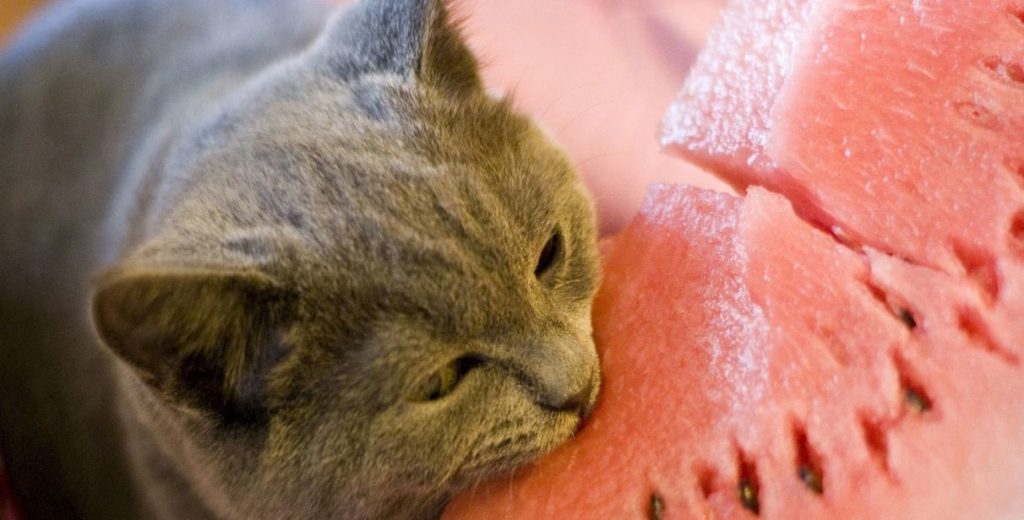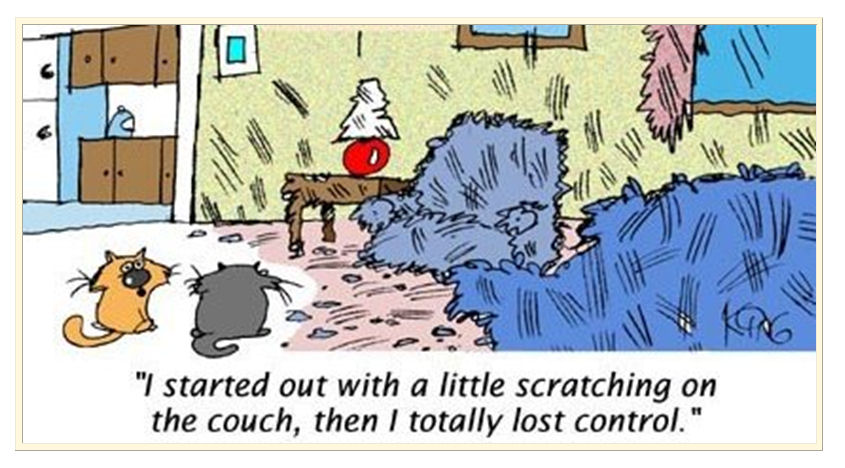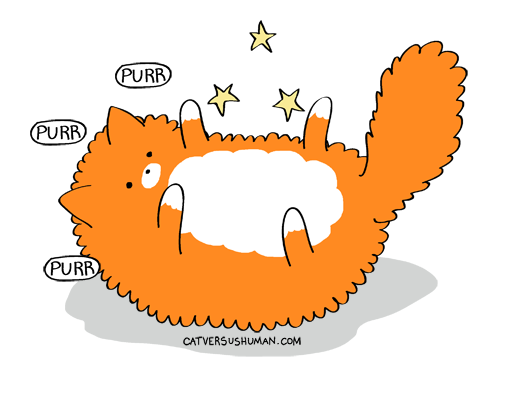Why do cats do that?
A funny and interesting TED-ED Talk!
(post image courtesy of Ivo The Cat)
I've never made a secret of my love for cats, and I really enjoyed this TED talk in which Tony Buffington explains the science behind some of your cat's strangest behaviors.
They're cute, they're lovable, and judging by the 26 billions views of over 2 million YouTube videos of them pouncing, bouncing, climbing, cramming, stalking, clawing, chattering, and purring, one thing is certain: cats are very entertaining.
These somewhat strange feline behaviors, both amusing and baffling, leave many of us asking, "Why do cats do that?"
About the author
Tony Buffington is a Professor of Clinical Sciences and an Adjunct Professor of Urology at The Ohio State University.
One of his primary areas of interest is the role of stress and disease in companion animals and humans.
His interests have also led him to study clinical nutrition issues in small animal patients as well as lower urinary tract disorders in cats.
One of Dr. Buffington’s most significant findings is that insufficient or excessive stimulation of the perception of threat in a cat’s environment can cause the cat’s health to suffer.
Once a cat’s perception of threat exceeds their perception of control, physical and mental health can suffer. It’s important to try to give the animal a sense of control by giving the cat choices and providing opportunities for her to express species typical behavior.
It is also important to figure out what your cat may feel threatened by and eliminate it.
Many of Dr. Buffington’s directives for understanding cat behavior and enriching their environment can be found on the Indoor Pet Initiative, a website hosted by Ohio State University.
Some highlights from the speech
Toys and food

As wild predators, cats are opportunistic and hunt whenever prey is available. Since most cat prey are small, cats in the wild needed to eat many times each day, and use a stalk, pounce, kill, eat strategy to stay fed. This is why Grismo prefers to chase and pounce on little toys and eat small meals over the course of the day and night.
Sharpening of nails

In the wild, cats needed sharp claws for climbing, hunting, and self-defense. Sharpening their claws on nearby surfaces kept them conditioned and ready, helped stretch their back and leg muscles, and relieve some stress, too. So, it's not that Grizmo hates your couch, chair, ottoman, pillows, curtains, and everything else you put in her environment. She's ripping these things to shreds and keeping her claws in tip-top shape because this is exactly what her ancestors did in order to survive.
The purring
[caption id="" align="alignnone" width="512"] from http://www.catversushuman.com/2016/11/blog-post_8.html[/caption]
from http://www.catversushuman.com/2016/11/blog-post_8.html[/caption]
Considering everything we do know about cats, it seems that one of their most predominate behaviors is still one of the most mysterious. Cats may purr for any number of reasons, such as happiness, stress, and hunger. But curiously, the frequency of their purrs, between 25 and 150 hertz, is within a range that can promote tissue regeneration.
